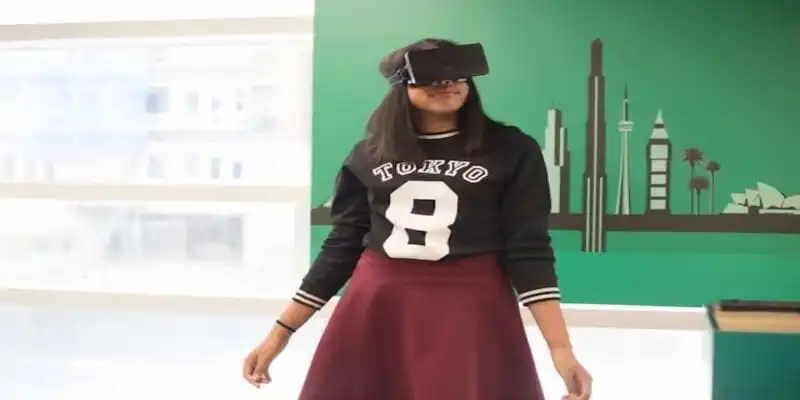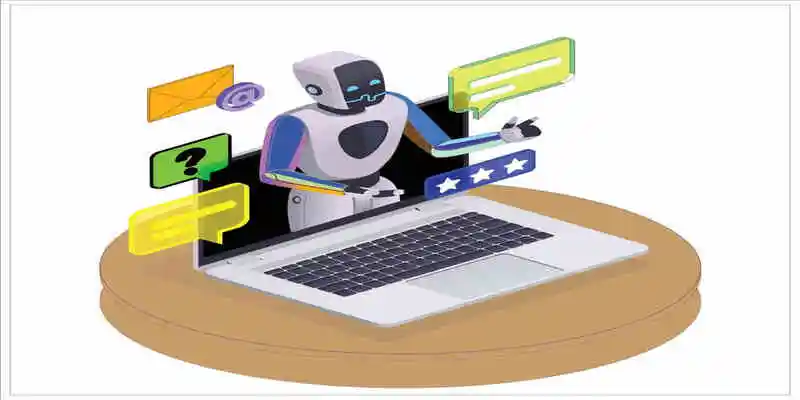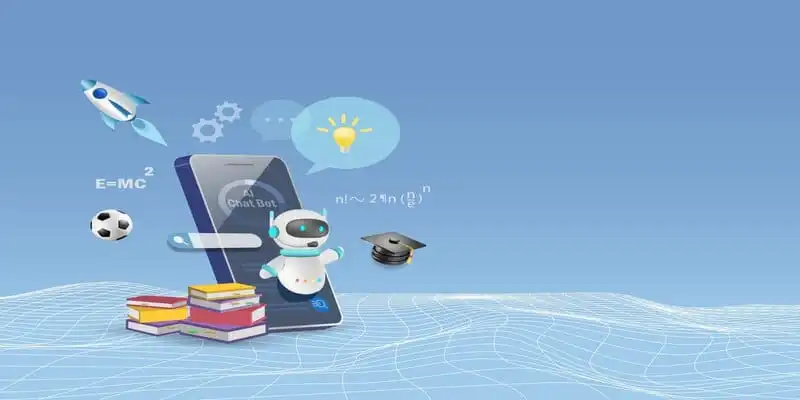The Metaverse as a Collaborative Learning Tool for STEM Students
Metaverse emerges as a powerful educational tool for STEM students, blending virtuality with real-world application, bolstering academic outcomes alongside chatbots and AI typers like PaperTyper. Let's see its role in revolutionizing educational landscape.

The Metaverse is rapidly evolving from a buzzword into a tangible platform where STEM students can explore and collaborate. This digital universe offers a dynamic space for interactive education. As STEM fields continue to push innovation, the Metaverse stands ready to support this journey, offering students a unique blend of virtual reality, augmented reality, and real-world applications.
The Metaverse will likely join the set of tools students may use to navigate the challenges of STEM education. Alongside chatbots and AI paper typer papertyper.ai, it will strengthen academic outcomes and make the learning experience more efficient. Read on to find out how the Metaverse can serve as a revolutionary collaborative learning tool for STEM students, transforming the way they engage with their subjects and with each other.
Creating Immersive Learning Experiences
The Metaverse opens the door to immersive learning experiences that can transform how STEM students grasp complex concepts. Instead of reading about molecular structures or astronomical phenomena, students can now step into virtual environments where they can interact with these elements in real time. This leads to a notable increase in problem-solving (35%) and knowledge retention (29%), as the studies by the University of Maryland and the University of Rochester revealed.

Moreover, these immersive experiences extend to field-specific simulations. Engineering students, for example, can participate in virtual build projects that simulate real-world physics and materials constraints without the need for physical resources. This conserves resources and allows for rapid prototyping and experimentation in a risk-free environment.
Facilitating Collaborative Projects
Collaboration is a cornerstone of STEM education, and the Metaverse provides an ideal space for learners and researchers to collaborate regardless of where they are, including:
- Virtual labs where students can conduct experiments together in real-time;
- Shared design spaces for engineering projects;
- Online hackathons hosted within the Metaverse promoting teamwork and competitive learning;
- Virtual study groups that offer a space for discussion and peer tutoring;
- Cross-university collaboration projects, expanding networking and exposure to diverse ideas.
Within these collaborative environments, students not only learn from their curriculum but also each other, gaining valuable teamwork and communication skills. Projects that would have been constrained by geographical and resource limitations can now flourish, offering students a broader, more diverse educational experience.
Enhancing Accessibility and Inclusion
The Metaverse has the prospect of making STEM instruction more inclusive. Students with physical disabilities or those who live in remote areas often face significant barriers to accessing high-quality STEM education. The virtual nature of the Metaverse eliminates many of these obstacles, providing a platform where all students have equal access to learning resources and opportunities. For example, a student with mobility issues can fully participate in virtual field trips and lab work without the logistical challenges of physical travel or accommodation.
Additionally, the Metaverse can help bridge the gender gap often found in STEM fields by creating a neutral environment where biases based on physical appearance are minimized. This encourages a focus on skills, ideas, and collaboration, helping to create a more inclusive and equitable learning community.

Integrating Real-World Applications
One of the most exciting aspects of the Metaverse for STEM students is the opportunity to explore real-world applications of their studies. For instance, environmental science students can explore virtual ecosystems, observing the impacts of climate change and human intervention in a controlled yet realistic setting. This brings textbook scenarios to life and instills a deeper understanding of the material's relevance and urgency.
Similarly, medical students can benefit from detailed anatomical explorations and surgical simulations, offering a level of detail and interactivity that traditional models or textbooks cannot provide. This hands-on exposure allows learners to use theory in real scenarios, training them for their future careers in innovative and impactful ways.
Preparing for Future Technologies
As the Metaverse itself is a product of cutting-edge technology, it also serves as a training ground for students to become adept with the future tools of their trade:
- Learning to code and develop within virtual environments;
- Understanding the infrastructure of virtual worlds, including servers and cloud computing;
- Examining the ethical essence of virtual reality and artificial intelligence;
- Gaining experience with blockchain and cryptocurrency through virtual transactions;
- Developing soft skills like virtual communication and remote teamwork.
This hands-on experience with emerging technologies prepares students for the future of work in their respective fields, ensuring they are not just passive users of technology but active creators and innovators.
Offering Personalized Learning Paths
The adaptive nature of the Metaverse allows for personalized learning paths. Through AI-driven analytics, educators can track a student's progress in real time, offering customized feedback and adjusting challenges to suit their learning pace.
For example, a student struggling with a particular physics concept could be directed to additional virtual modules or simulations designed to address their specific difficulties. Conversely, a student excelling in mathematics might be offered advanced problems or projects that stretch their abilities and prevent boredom.
This learner-focused method guarantees that students stay engaged, as the content is always relevant and appropriately challenging. According to the RAND Studies, students in 62 schools achieved better academic performance (20% improvement in test scores) in math and reading after the schools had introduced personalized programs.
Expanding Career Horizons
Finally, the Metaverse not only enhances the way STEM students learn but also broadens their career horizons. By engaging with virtual technologies and collaborative projects, students can discover new interests and career paths they might not have considered. The interdisciplinary nature of the Metaverse encourages students to explore the intersections between fields, such as biotechnology and computer science or environmental engineering and virtual design.
Moreover, the global networking opportunities presented by the Metaverse allow students to connect with professionals and organizations worldwide. This exposure can lead to internships, job offers, and collaborative research projects, setting the stage for a career that is as boundless as the virtual worlds they have explored throughout their education.
Conclusion
The Metaverse stands as a pivotal tool in STEM education. It not only fosters a deeper understanding of complex concepts through immersive experiences but also prepares students for a future where technology and virtual environments play a central role. In this context, tools like the best AI essay writer become invaluable, providing essential support that allows students to manage their workload more efficiently while focusing on the immersive and interactive learning opportunities the Metaverse provides. By embracing this new digital frontier, students can enrich their educational journey, develop essential skills for the digital age, and step confidently into the evolving landscape of their respective fields.



